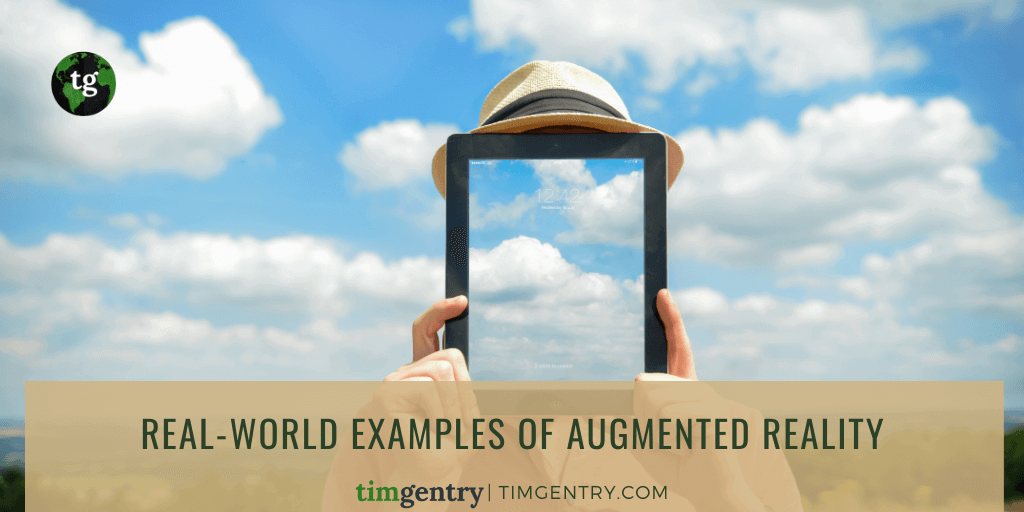Mixing virtual reality with reality seems like science fiction – and at one time it was – but it’s now become part of real-world scenarios. An emerging technology that’s literally changing the way people view reality is called “augmented reality” (AR).
This new milestone involves blending images with sound, touch, and smell to create new perceptions that blur the boundaries between imagination, animation, and the physical world. AR is now being used by organizations to link branding with experiences to attract consumers. Here are examples of entities using this technology in their branding:
L’Oréal
Consumers of cosmetics, particularly millennials, often like to test products before they buy them. Thus, the famous cosmetics manufacturer recently partnered with Perfect Corp. to present its beauty products through a collaborative app that allows consumers to use AR technology to simulate what 60+ beauty products would look like on them.
Pepsi MAX
Recently, the popular soft drink manufacturer demonstrated an AR-enabled bus stop display in London. On the plexiglass wall of a bus stop, travelers witnessed what appeared to be lifelike animations of a robot invasion and an alien tentacle that grabbed pedestrians from the street. This animation was designed to keep patrons entertained while waiting for the bus.
Acura
In 2017, automaker Acura unveiled the world’s first live augmented reality race featuring its 2018 TLX sedan model. This AR experience was presented on Facebook, allowing interaction with a global audience. Viewers were able to put themselves in the driver’s seat thanks to cameras mounted to the actual race helmets of the drivers, creating a unique 180-degree viewing experience.
Disney
The filmmaking company has introduced many visual innovations at its theme parks. One of the more basic AR concepts, developed in 2015, introduced technology that transforms coloring book characters into 3D images. However, the company’s research team has come up with much more sophisticated technology in the form of holograms that can interact with each other, just like in theStar Wars films. Disney has recently filed for a patent for a “Floating Image Display System” that will bring these illusions to life.
IKEA
In 2017, this popular furnishing store released a new app called IKEA Place which takes online shopping to a whole new level by helping customers figure out which pieces of furniture will best fit their home, both in terms of decor and measurements. Customers can browse the app’s catalog and select pieces of furniture they like. Once selected, shoppers hold up their phone and place the “digital furniture” anywhere in the room. The app was built with the help of Apple’s ARKit which is, according to Wired, a “developer toolkit created to usher in the augmented reality revolution on iOS devices.”
US Army
Soldiers who join the United States Army are learning about situational awareness through “Tactical Augmented Reality” (TAR). It involves wearing an eyepiece that helps soldiers identify the physical locations of individuals, including themselves. This eyepiece, connected wirelessly to a tablet worn around the waist, approximates positions more accurately than modern handheld GPS devices. Since TAR enhances vision in the dark, it will eventually replace night-vision goggles too. A final perk is that the eyepiece allows soldiers to detect weapons pointing at them, even from far away.

